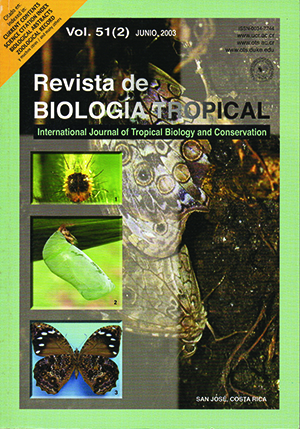Abstract
Equatorial high mountain lakes are a special type of lake occurring mainly in the South American Andes as well as in Central Africa and Asia. They occur at altitudes of a few thousand meters above sea level and are cold-water lakes (< 20°C). Relatively little is known about them. A long-term limnological study was therefore undertaken at Lake San Pablo, Ecuador, to analyze the basic limnological processes of the lake, which has a tendency for eutrophication. Sediment quality of San Pablo Lake is given under consideration of horizontal and vertical distribution using sediment cores. Significance of sediments for eutrophication process of lakes is demonstrated using phosphorus concentration of sediments as well as the phosphorus retention capacity of the sediments by ratio Fe/P. Dating of the sediments is done using 137Cs and 210Pb, but the activity of 137Cs in the sediment was very low nearly at the detection level. Sedimentation rate is determined to be 3.5 mm/year and the sediment cores represent about 110 years. P concentration of the sediments is high (~ 5 g/kg dry substance), and P retention capacity by Fe is insufficient (Fe/P = 4). The sediment quality did not change significantly during the past decades, and the trophic state of San Pablo Lake was already less or more eutrophic 110 years ago. The contamination of the lake sediments by heavy metals is insignificant.##plugins.facebook.comentarios##

This work is licensed under a Creative Commons Attribution 4.0 International License.
Copyright (c) 2003 Revista de Biología Tropical
Downloads
Download data is not yet available.


